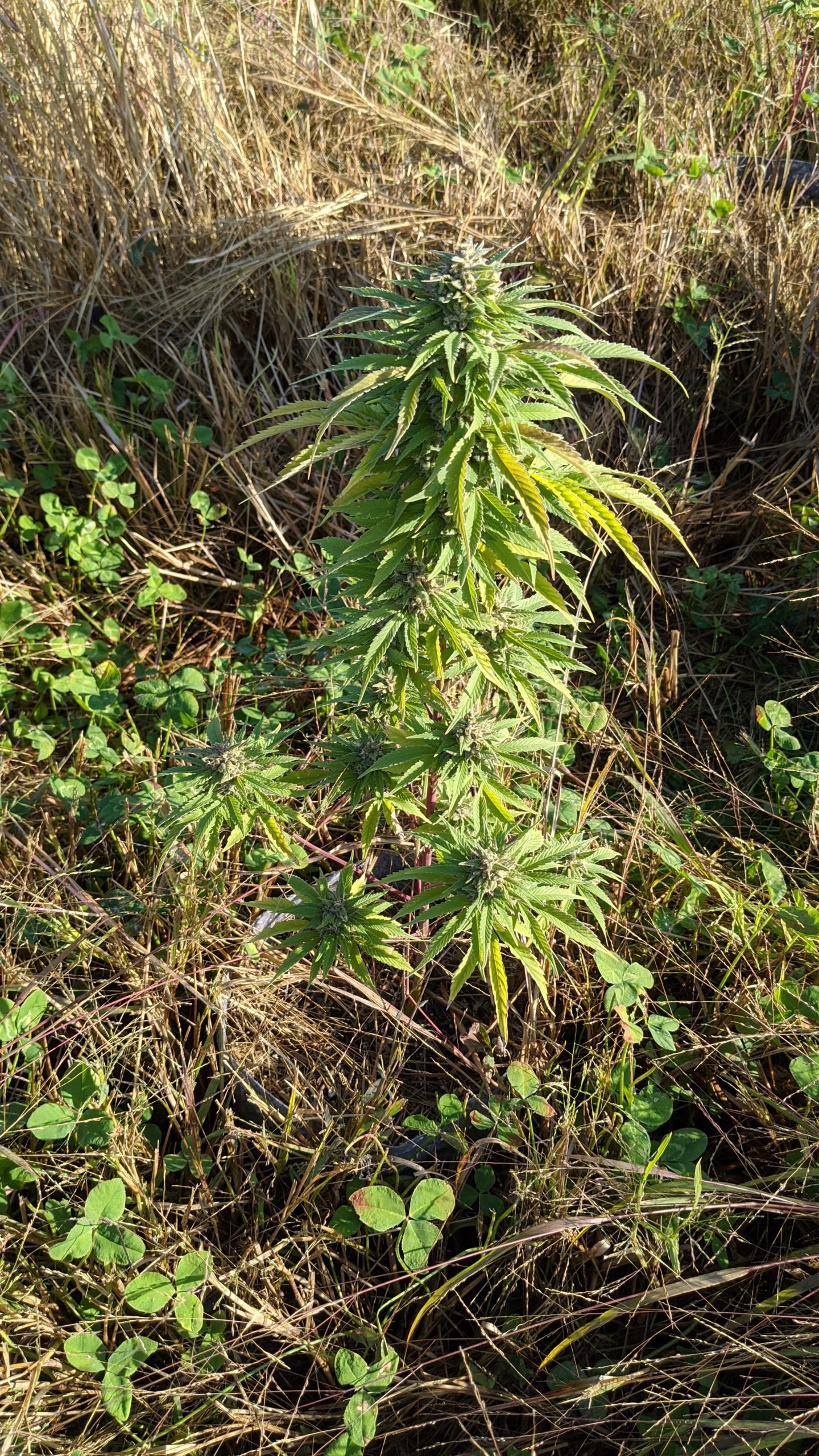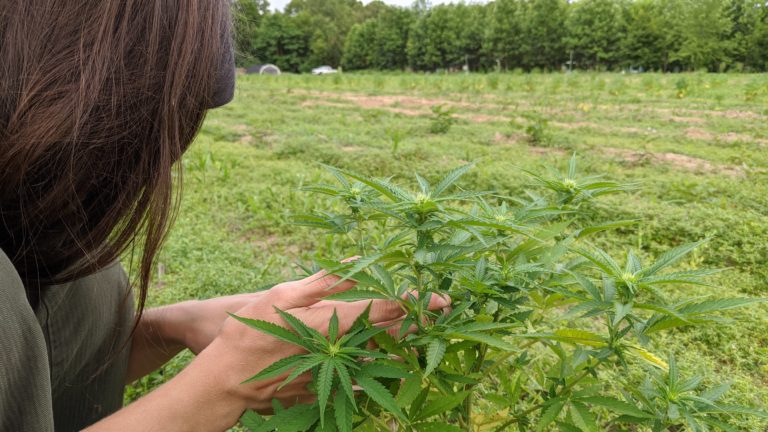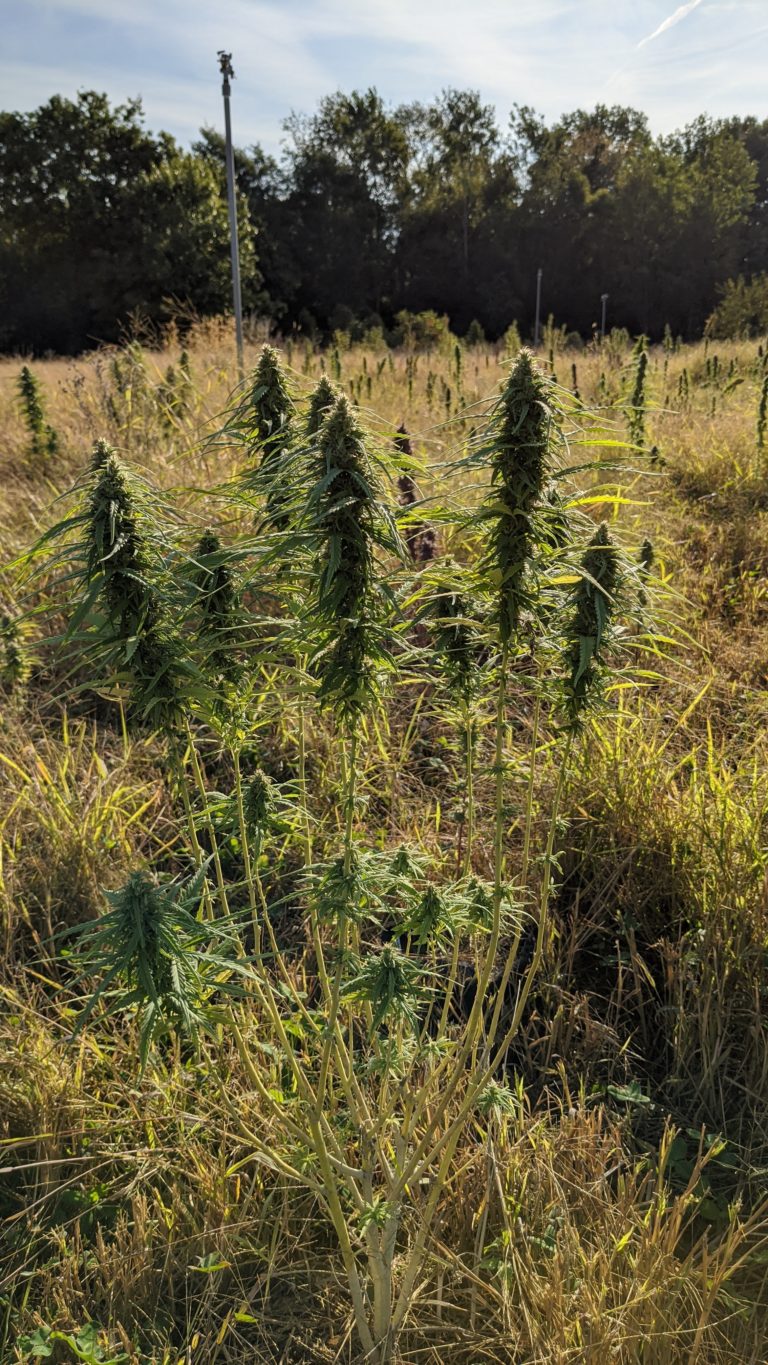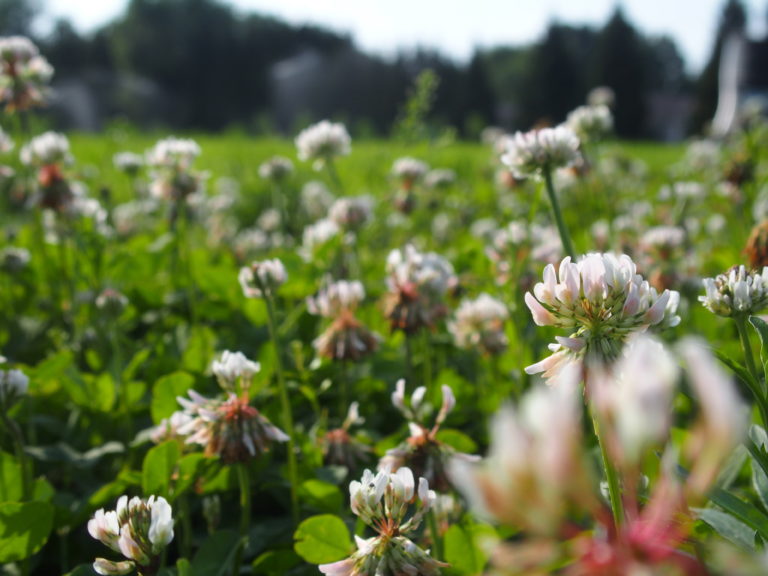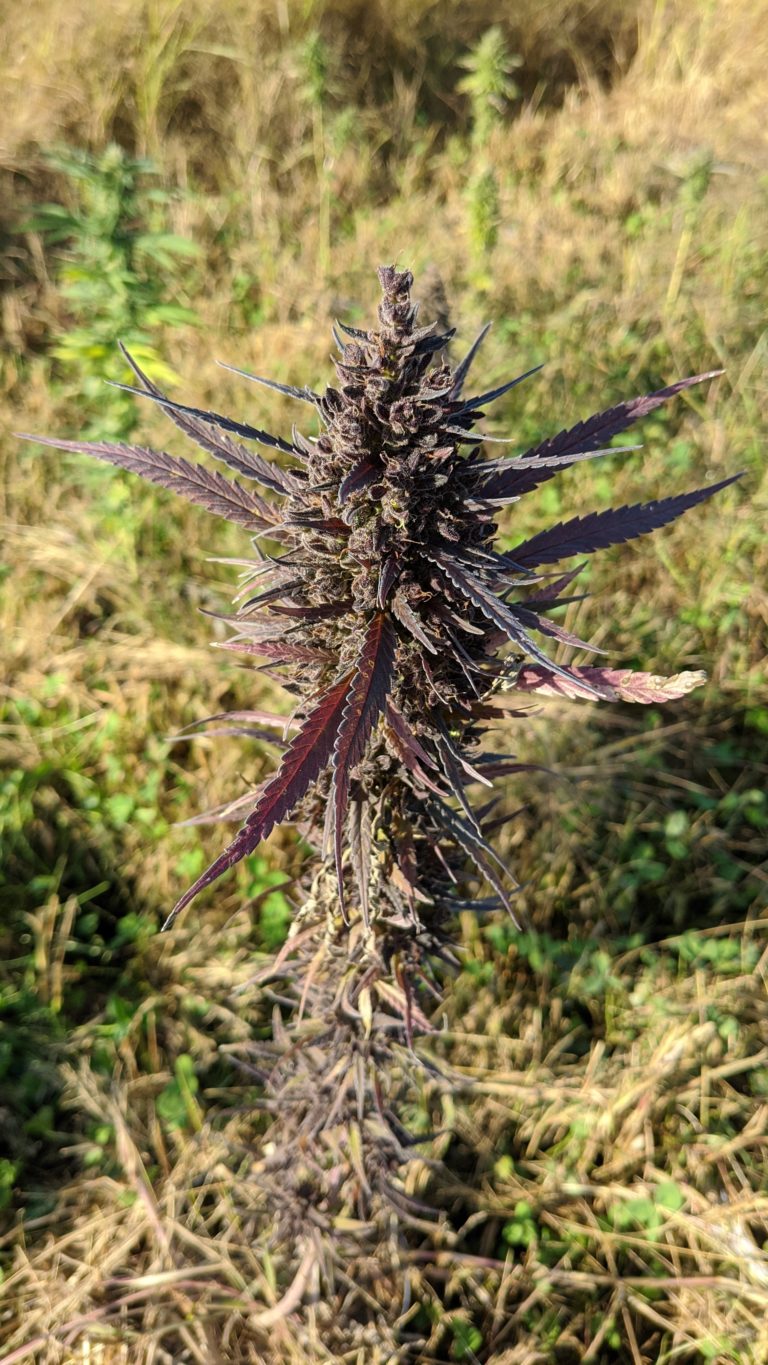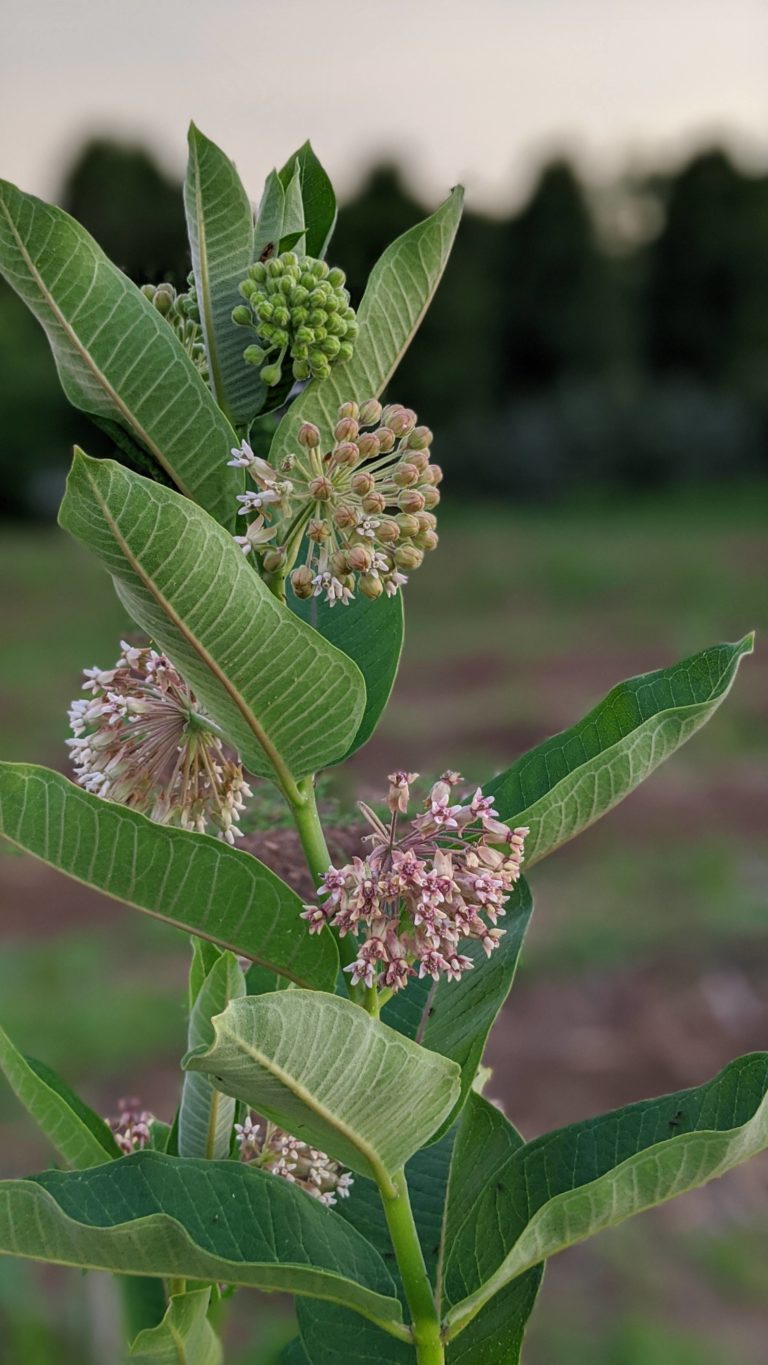Cannabidiol, or CBD, is the most abundant phytocannabinoid produced by industrial hemp. CBD, unlike Δ9-THC, is non-psychoactive, meaning users of hemp will never experience the “high” associated with high-THC cannabis. Instead, CBD has been found to possess many of the other benefits of medicinal cannabis. CBD interacts with the body’s ECS to alleviate feelings of pain, anxiety, and poor sleep. Check out the bottom of this page for a full list of conditions that may be treated with CBD.
CBD comes in many forms. The most common is CBD isolate, which is 100% isolated CBD. It is a tasteless, white and powdery substance that is often added to oils or other foods and beverages to infuse them with CBD. CBD distillate is predominantly CBD but may contain trace amounts of other cannabinoids. Another form, broad spectrum, is an oil with additional cannabinoids to CBD but no THC. And full spectrum oil has the entire natural cannabinoid profile.
Each of these forms of CBD can be processed in different ways. The way an isolate or oil should be consumed depends on the way it was produced. CBD can be consumed by smoking, vaporizing, aerosol spray, oral ingestion, sublingually, topically, or suppository. Always follow the directions for use for any CBD product. Although CBD has yet to be approved by the FDA, they have allowed one CBD medicine, Epidiolex, to be used to treat two types of epilepsy disorders. Until more research is performed, we must depend on the work that has been done to understand CBD.
CBD Research
It can be difficult to find the facts on CBD. So we decided to compile the most recent and reliable research conducted on cannabidiol (CBD). We acknowledge that the current status of CBD research is still in its preliminary stages. A majority of the cited studies were performed on animals and outside the U.S. This can be attributed to restraints placed on the research of hemp by the United States Drug Enforcement Agency (DEA). This restriction on CBD research has only recently been lifted with the Farm Bill of 2014, which defined industrial hemp and removed CBD from the list of Schedule 1 Substances. Now that CBD research is allowed at U.S. universities and institutions, there will be more information available soon to help us navigate the science of hemp. Please see the links below which will direct you to research papers regarding CBD and 55 different conditions.
WHO Cannabidiol (CBD) Critical Review Report
A
Acne/Skin conditions
Addiction (Alcohol, Heroin, Cigarettes)
Anxiety (Shannon et al., 2019, Blessing et al., 2015, Campos et al., 2013)
C
Cancer
Chron’s & Colitis
D
E
G
H
I
Inflammation
Inflammatory Bowel Disease, Crohn’s, Colitis
Inflammatory Bowel Disease
– More Info
– More Info
– More Info
K
L
M
Mood disorders
– Psychiatric disorders
– Regional cerebral blood flow
N
P
R
Schizophrenia
– More Info
– More Info
T

